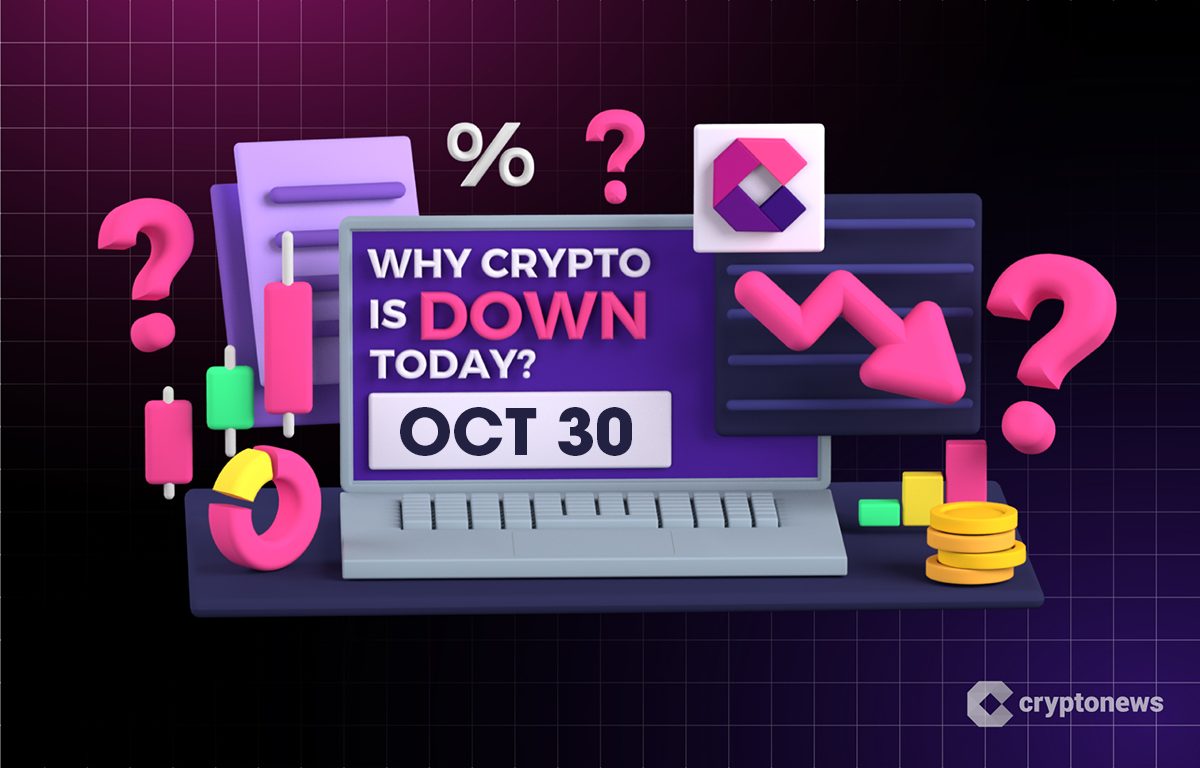Trending: Solana Paid Western Union $50M for the Stablecoin Deal? XRP Army Reacts
- Solana’s alleged $50M deal with Western Union sparks controversy.
- XRP community praises Ripple’s steady progress amid Solana partnership rumors.
- Reports of Solana’s six-month exclusivity raise questions about scalability.
Solana’s partnership with Western Union has continued to spark intense discussion across the crypto community. Claims have sprung up, suggesting that Solana allegedly paid $50 million for a six-month exclusive deal with the global money transfer company.
Some observers have portrayed the supposed arrangement as a marketing exercise rather than a lasting technological breakthrough. Pumpius, in his latest tweet, referenced the initiative as “marketing dressed up as innovation,” claiming that it is nothing permanent and scalable.
Critics caution that any technical glitch on Solana’s network could instantly halt Western Union’s crypto payment operations, raising questions about the network’s reliability in large-scale financial systems.
Industry analyst Camilla McFarland also weighed in, presenting a more precise claim that Solana’s offer to Western Union reportedly included $25 million in direct payment and another $25 million in liquidity incentives. She explained that traditional financial firms often engage in such short-term blockchain experiments to limit exposure while testing emerging technologies.
“It’s tempting for legacy orgs to de-risk their proof-of-concept with a big check, but they’ll regret it when their chosen blockchain goes down and millions of payments are offline,” she wrote.
Also Read: Pundit: “Western Union is a Centralized Predator, XRP’s Role is Clear”
XRP Community Highlights Ripple’s Growing Institutional Reach
While Solana’s rumored payment deal dominates online conversations, Ripple’s steady expansion has attracted renewed attention from the XRP community. Pumpius pointed out that Ripple’s ecosystem already supports major financial platforms, such as Hidden Road, GTreasury, and rail entities, which process trillions of dollars annually.
These established integrations reinforce XRP’s role as a bridge asset for cross-border payments and real-time settlements.
Moreover, Ripple continues to enhance its technology stack with privacy-focused innovations. The XRP Ledger now incorporates Zero-Knowledge Proofs, allowing shielded transactions that balance transparency with confidentiality.
This upgrade aligns with DNA Protocol, a project building secure identity and data management solutions on the XRP Ledger, signaling a maturing infrastructure for institutional finance. While they didn’t mention it directly, Pumpius and Camilla’s sentiment subtly claims that Ripple technology would be a better option for Western Union’s initiative than Solana.
Fact Check: Claims Remain Unverified
Despite widespread attention, neither Solana nor Western Union has confirmed the reported $50 million deal. The details circulating online stem from social media commentary rather than official corporate disclosures. Until verified statements emerge, the claims should be regarded as unconfirmed information and treated with caution.
Also Read: Expert Warns XRP Could Hit Strong Resistance at $2.80 Before Major Price Move
The post Trending: Solana Paid Western Union $50M for the Stablecoin Deal? XRP Army Reacts appeared first on 36Crypto.
You May Also Like

Why Is Crypto Down Today? – October 30, 2025

The UFC collaboration project, FIGHT tokens, raised $183 million in its public offering, exceeding its target by more than 100 times.
